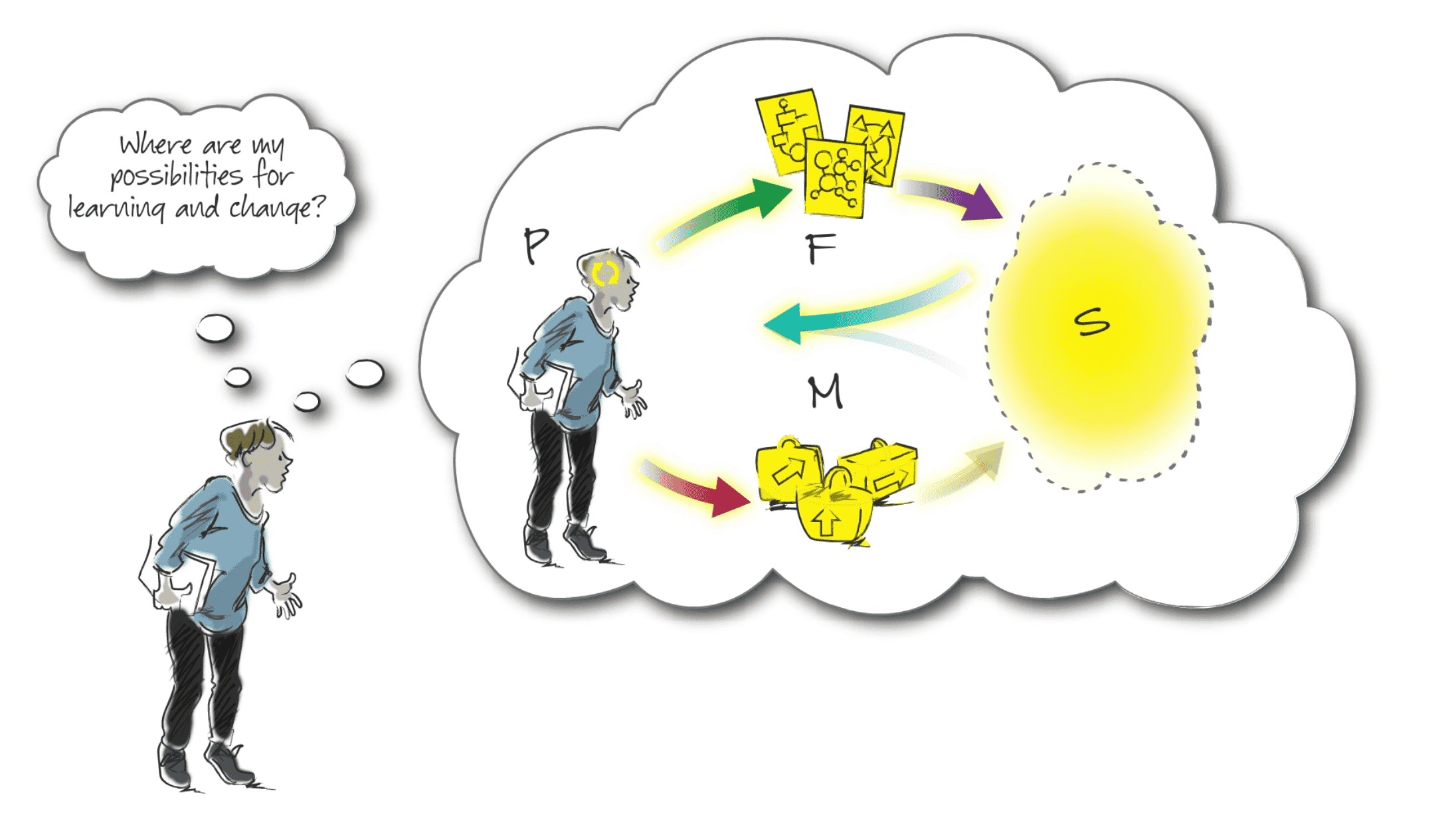TB872: Relational thinking
Note: this is a post reflecting on one of the modules of my MSc in Systems Thinking in Practice. You can see all of the related posts in this category.

Although I only did it as a thought experiment, one of the activities on this module asks you to walk across a room. Following that, you’re supposed to try and explain what you’ve just done from a systems point of view. Most people simply talk about the biomechanical action of moving one’s legs and what it’s like from the individual’s point of view. As the course material discusses, this wouldn’t get us very far without the relationship between our feet and the surface we’re walking upon.
Relational thinking is a concept which has cropped up a few times already in the work I’ve done so far in the field of systems thinking and practice. It focuses on understanding the relationships and connections between different elements within a system, rather than just examining the elements themselves in isolation. Take the PFMS heuristic above which includes Practitioner, Framework, Method, and Situation. We can consider each by themselves, but it’s the interaction between these things that is important.
In complex systems, therefore, the interactions and relationships between components can be as important as the components themselves in determining the behaviour and outcomes of the system. When I asked ChatGPT for a bit of help with this (I’ve created a GPT from the course materials) it highlighted the following as key aspects of relational thinking:
- Interconnectedness: the recognition that elements within a system are interconnected and so changes in one part of the system can affect (i.e. have effects on) other parts.
- Contextual understanding: understanding that the behaviour of any element is often a product of its relationships within the system, rather than inherent characteristics of the element itself.
- Holistic perspective: taking a holistic view of problems and situations, considering the system as a whole rather than focusing narrowly on individual components.
- Emergence: recognising that complex behaviours and properties can emerge from the interactions of simpler elements, which cannot be understood simply by analysing the individual components.
- Feedback loops: identifying and understanding the feedback mechanisms within a system, through which the system self-regulates and evolves over time.
The reason relational thinking is important in systems thinking is because it helps individuals and organisations understand complex problems, as well as anticipate the consequences of actions, and design more effective interventions. It encourages a shift from linear cause-and-effect thinking (common in a ‘command and control’ hierarchical structure) to a more nuanced understanding of how systems behave and change over time.

